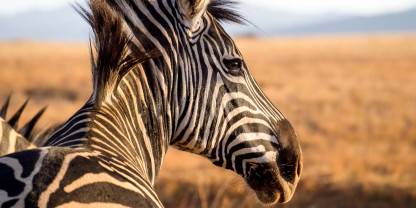Safety
In our opinion, Eswatini (formerly Swaziland) and its parks, and Mlilwane Wildlife Sanctuary in particular, are very safe for travel. There is some crime in the cities, so normal precautions need to be taken when visiting urban areas. You‘ll be shielded from any potential issues on an organized tour. Self-drive visitors should take note of the information in the ‘Cities & Urban Areas: Safety Precautions’ link below.
For the most up-to-date information about safety in Eswatini, it is worth checking the travel advisories (see the ‘Safety & Security – Eswatini’ link below).
- General Travel Safety Precautions
- Cities & Urban Areas: Safety Precautions
- Safety & Security – Eswatini
- Governments’ Travel Advice for Eswatini
Malaria & Vaccinations
Mlilwane Wildlife Sanctuary lies in a malaria zone, but there is only a small risk in the wet summer months (from October to April). At this time, malaria is a slight health concern. You can protect yourself by wearing appropriate clothing and applying mosquito repellent (at least 30% DEET). Ask your doctor about antimalarial medications before departure. Several vaccinations are also recommended when traveling to Mlilwane, and to Eswatini in general.
Wildlife Viewing
Wildlife viewing in Mlilwane is risk-free. There are very few dangerous animals in Mlilwane and your guide will always look out for your safety. Also take notice of the ‘Wildlife Viewing Safety Precautions’ below.

